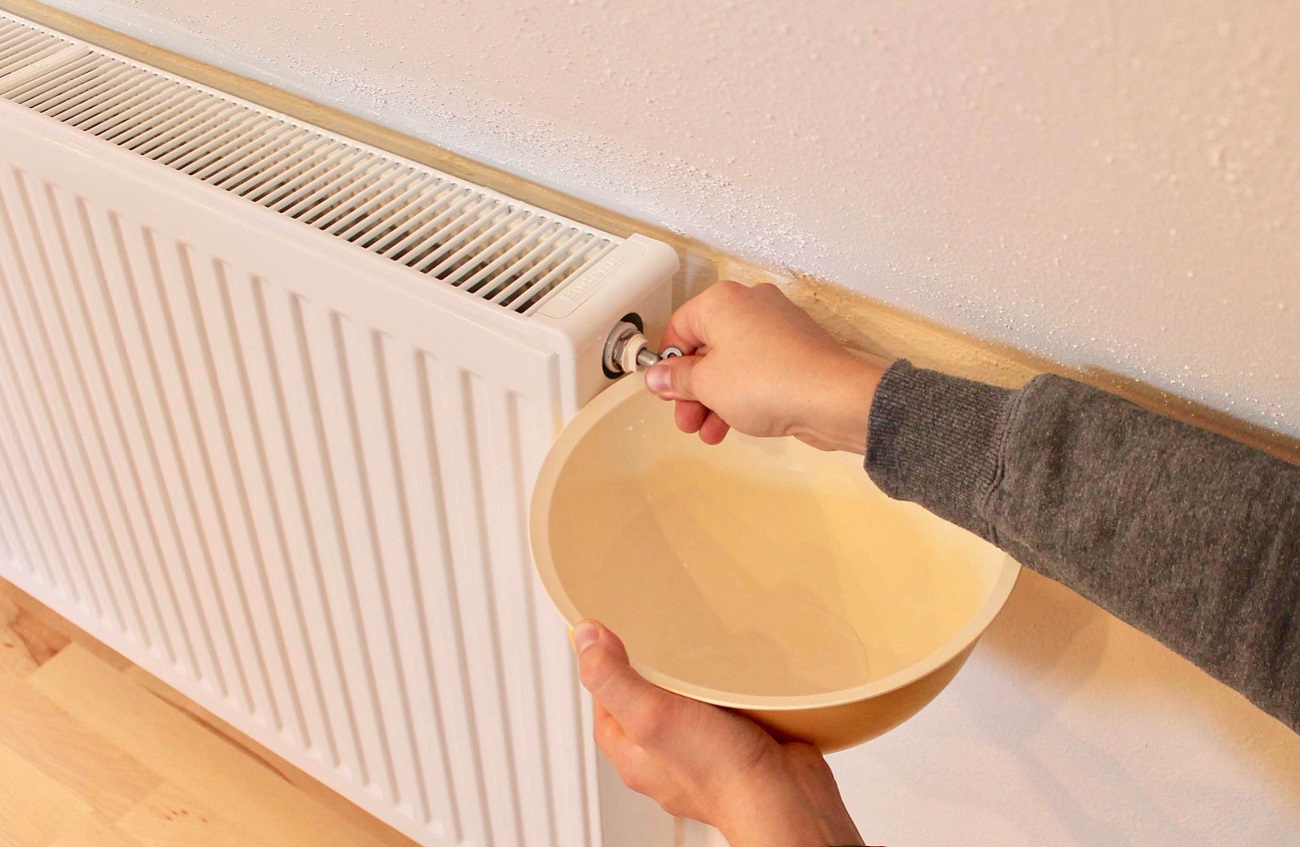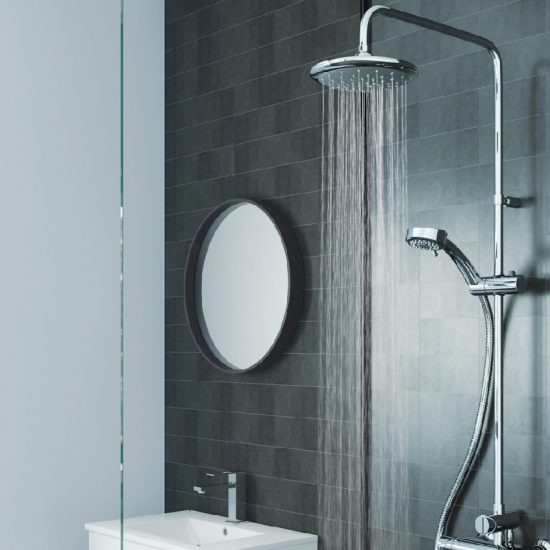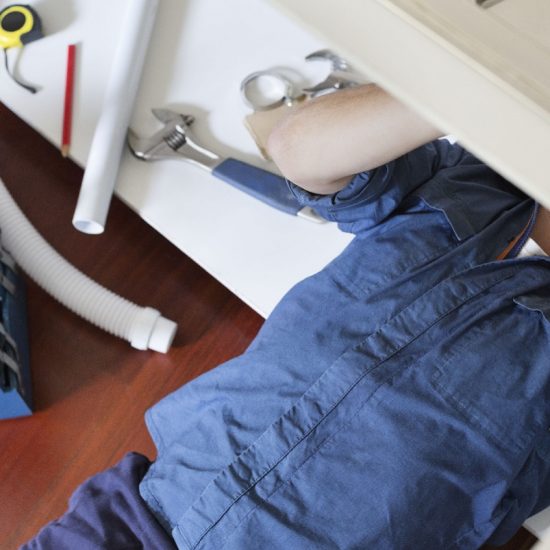How to Bleed a Radiator
A step by step guide on how to Bleed a Radiator including necessary tools, estimated costs, time frames, best techniques and what not to do.
If your heater is turned all the way up, but radiator feels ice-cold, bleeding the radiator is the first step you should take, rather than automatically assuming it is time to replace it! Air getting trapped in the radiator is an issue which occurs regularly; some protective gloves, a radiator key, and a small bowl should typically do the trick. If your radiator isn't warming up like it should, or if you are thinking of calling a local plumber to do the job for you, consider these simple steps first, and try to bleed the radiator yourself, to get it back to an operable condition in no time.
List of Required Tools
- A radiator key or screwdriver
- Needle-nose pliers
- Bowl & old towel/rag
Step by Step Guide
This guide will indicate how you should begin the process of bleeding the radiator. From properly setting the temperature, to determining if the heater should be on/off when bleeding, and using the right tools, any homeowner will learn the simple steps which are necessary to bleed their radiator, and get it back up and running like new once again.
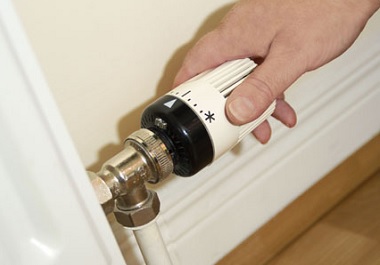
1. Turn off the heat
It is important to ensure the heat is turned off prior to beginning the process of bleeding the radiator. If it is on, it poses a threat (burning)/danger, and it is possible that when on, you can bleed more air into the system, which is the opposite of what you're attempting to do.
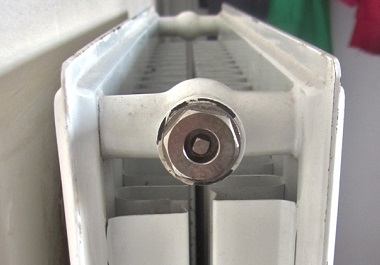
2. Find the bleed valve
In order to bleed the radiator you need to find the bleed valve; it is a small valve typically at the top of the radiator. You will need a radiator key to open it, which should have come with your radiator (otherwise you can purchase them at a local hardware store). Needle nose pliers make a good alternative if necessary.
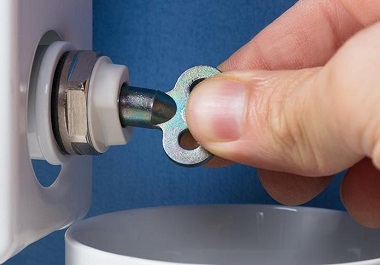
3. Release the pressure
Here you're simply going to turn the radiator key, counterclockwise, slowly. Doing this will slowly help release the built up air pressure in the valve. You'll know it is working as you hear a whistling sound or hissing sound, indicating the air is escaping the radiator. Water might slowly begin to drip from the radiator at this point as well.
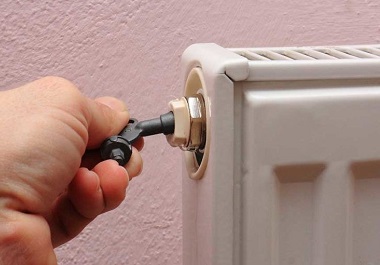
4. Tighten the radiator
Once all pressure/air is released, you'll know given the steady stream of water flowing, rather than smaller air-filled drops. At this point you can turn the radiator key clockwise, in order to tighten it and shut the bleed valve off.
Tips & Techniques
Bleeding a radiator is extremely simple to do; in fact, any homeowner, as long as they have the right tools, is going to find this job to be quite simple. All you need is to have the radiator key in hand. If you don't have the proper key, you can also use a screwdriver or needle-nose pliers in some cases.
It is important to ensure you are turning the bleed knob in the right direction. You don't want to cause more air to buildup in the radiator, so it is also important to ensure the heat is turned off, prior to bleeding the radiator.
If you feel tension, if the knob isn't releasing, or if you notice major water leak/flow, this might be a sign to hire a tradesperson for the job. You don't want to make matters worst. Bleeding the radiator should be a seamless task; if something goes wrong, or if you notice there are other issues, you should stop attempting to bleed the radiator.
At this point, hiring a local plumber to see if there are issues with plumbing lines, water settings, or temperature valves might be the alternative approach to be taken in such situations.
Am I best to hire a tradesman?
If you are considering hiring a tradesman to bleed the radiator, or calling the plumber, you might want to take a step back and attempt a DIY job yourself first. In addition to being extremely easy to do, bleeding a radiator does not require any great level of understanding in plumbing, nor does it require the use of complex, heavy-duty tools and equipment, in order for you to carry out the task.
You simply need the radiator key, and you have to make sure the heat is turned off, prior to beginning the process, in order to avoid further airflow from entering into the radiator.
If you do not feel comfortable doing the work yourself, you can obviously choose to hire a local tradesman or plumber to bleed the radiator for you. It is important, however, to take the time to compare a few local specialists prior to doing so.
Honest companies are not only going to do this work for a very reasonable/low price, they are also going to provide you with tips/pointers to do the job yourself, if you ever have similar issues arise at a future time, because this isn't an issue with the plumbing, heat, or the radiator, in most instances.


